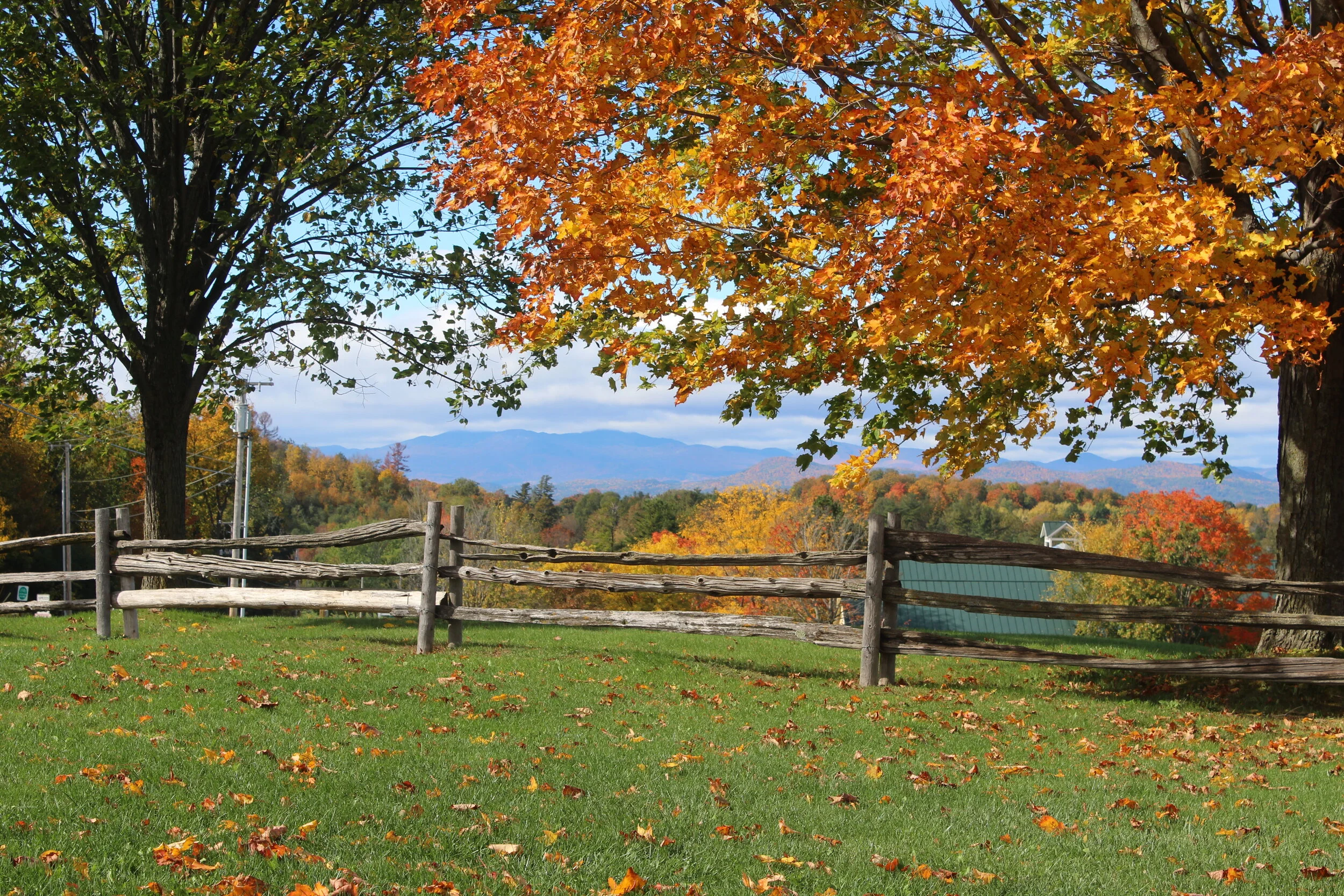Dear Friends,
This week Andy & Annie will co-facilitate.
On December 16 at sangha, we watched a section of the first ARISE webinar (click here to access full recording of the webinar) on dharma and social justice.
Who is ARISE?
ARISE sangha - Awakening through Race, Intersectionality, and Social Equity - is made of practitioners and monastics who come together to heal the wounds of racial injustice and social inequity, beginning with looking deeply within ourselves and using the energy of compassion, understanding, and love in action. Part of their mission is to guide those of us in the larger community in how to do this work as well.
In November, ARISE offered their first webinar (click here to watch.) This Monday, we will watch or listen to another portion of the webinar.
In the fourteen mindfulness trainings, Thay writes:
Aware that the essence and aim of a Sangha is the practice of understanding and compassion, we are determined not to use the Buddhist community for personal gain or profit or transform our community into a political instrument. A spiritual community should, however, take a clear stand against oppression and injustice and should strive to change the situation without engaging in partisan conflicts.

























